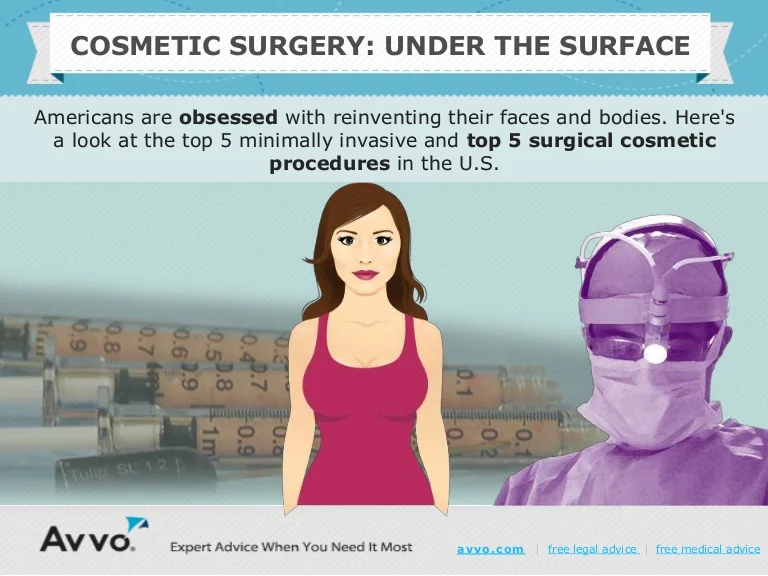Acne place therapies can be an efficient device in the fight against pimples. Yet like all skin products, they must be used appropriately to get the most effective outcomes.
For instance, before using an area therapy, you must take into consideration icing the location. This air conditioning approach aids speed up the healing process and will make your spot treatment more effective.
1. Cleanse the Area
Before applying a spot treatment, be sure to thoroughly cleanse the area. Applying a therapy to unclean skin will certainly be much less reliable and can create irritability.
Acne place therapies function by providing a high dosage of acne-fighting components straight to a breakout, discusses skin specialist Michelle Henry. These products can come in numerous forms, from creams to gels or ointments, and they're typically designed to target energetic outbreaks to lower swelling, inflammation and accelerate the healing process.
Some types of place therapies have anti-inflammatory active ingredients, while others are drying out, like retinoids or sulfur, which assist to unclog pores and eliminate excess oil. There are also formulas that aid discolor post-acne marks or dark areas, thanks to brightening ingredients like L-ascorbic acid and niacinamide. Some even have blemish-squashing abilities, like adapalene, which functions to promptly clear acnes by blocking the pore's opening. You can discover these at the counter or by prescription from a dermatologist.
2. Apply the Place Therapy
An area treatment delivers a high dose of acne-fighting active ingredients straight to the infected area. The goal is to eliminate germs and minimize red marks, swelling or any type of scabbing left behind. As an example, our acne place treatment includes 2.5% Benzoyl Peroxide, so it doesn't completely dry skin or trigger stinging.
If you have a visible whitehead that prepares to find out, you can apply a non-drying place therapy at bedtime to help promote the procedure without irritating the surrounding skin. Or else, reach for a drying place treatment when the blemish has actually currently burst and is exposed.
A place therapy ought to be used independently from everyday treatments or serums that you place skin lab all over your face, unless your physician advises it for long-lasting use. The factor is that place treatments are designed to be used directly to blemishes or dark places (depending upon what you're treating) and not over huge areas of mostly clear skin, as this can aggravate the healthy skin and cause a breakout.
3. Wait a Few Minutes
You'll locate that a lot of spot therapies have directions for for how long to leave them on for optimum efficiency. Follow those referrals to prevent irritation or drying out the skin-- an usual skincare blunder that dermatologists say can flare up your acne.
Another skin care habit to stay clear of is applying numerous treatments to a solitary acne or breakout. That consists of both spot therapies and creams that become part of your everyday skin treatment routine. Dermatologists suggest waiting a few mins before making use of other items on top of your acne place treatment to give it time to function without getting watered down or disturbed.
One exemption to this rule is sun block, which dermatologists agree need to be used first since it needs a long time to work on its very own to penetrate your pores, states Goldenberg. Simply make sure to wipe off any other skin care products prior to reapplying your sunscreen. That will certainly ensure it covers the acne properly and assists discolor any type of red or dark marks that might have been left behind by your imperfection scars.
4. Hydrate
Most skin specialists concur that applying acne therapy, serums and creams in the correct order will aid reduce outbreaks. This means cleanser initially, followed by any type of therapies with a thinner consistency and afterwards a moisturizer for oily skin. This consists of a non-comedogenic lotion or cream with shea butter, jojoba oil or an additional natural cream that will lock in dampness without clogging pores.
Acne area treatments are potent, targeted solutions designed to service a details acne. They function to eliminate the bacteria that creates inflammation and avoid an acne from getting bigger or spreading. They are not indicated to be used as a general ubiquitous acne therapy and applying them to areas past the target area can trigger irritability and a rash.
If your skin feels as well completely dry after using an area therapy, downsize the application and moisturize more frequently. You might also wish to think about switching over to a different kind of acne therapy, like our low-dose 2.5% benzoyl peroxide acne treatment. It is scientifically confirmed to clear and prevent acne with less dry skin, soreness or itching than various other prescription acne medications.
